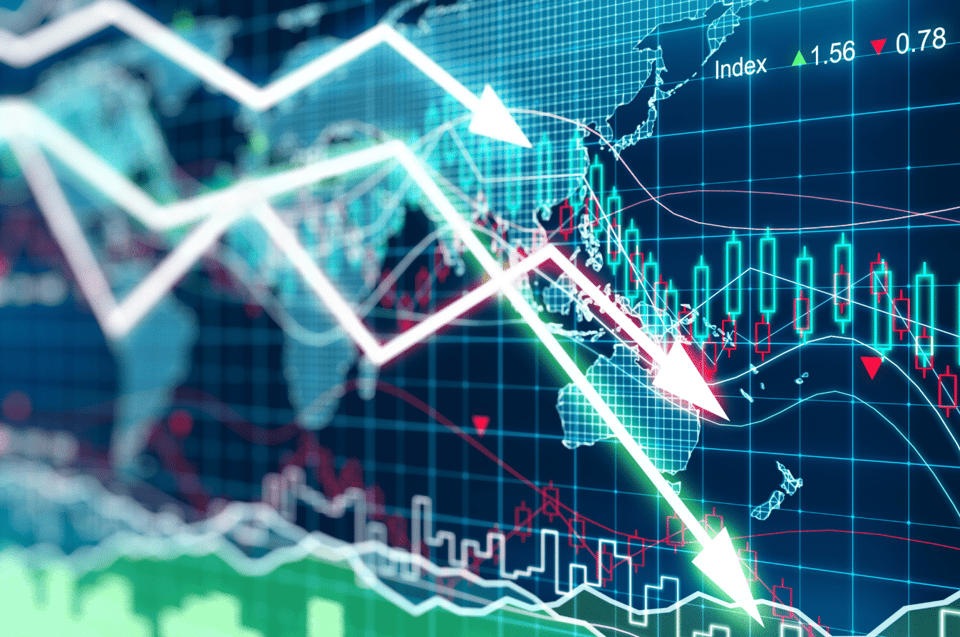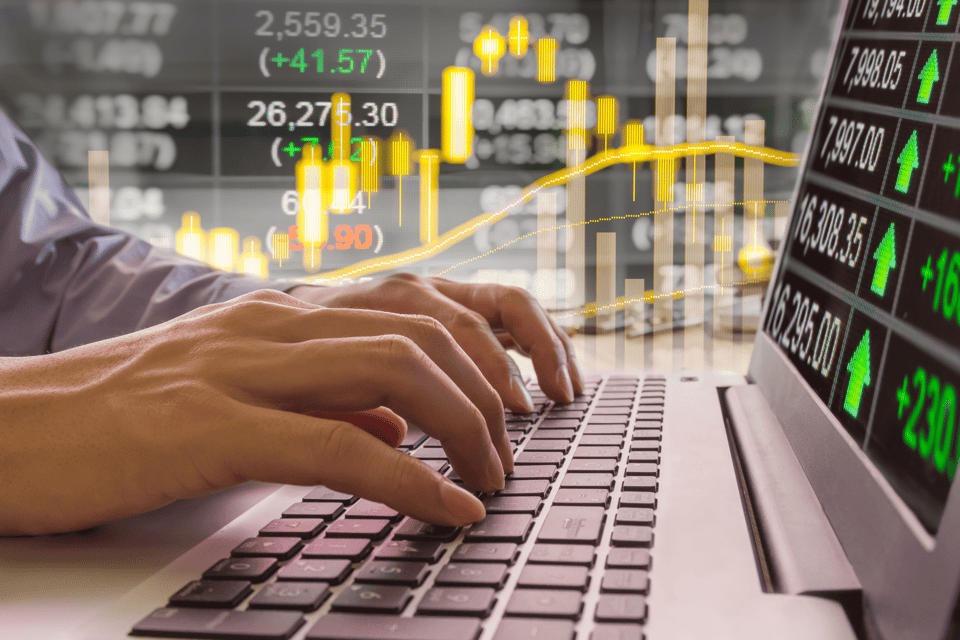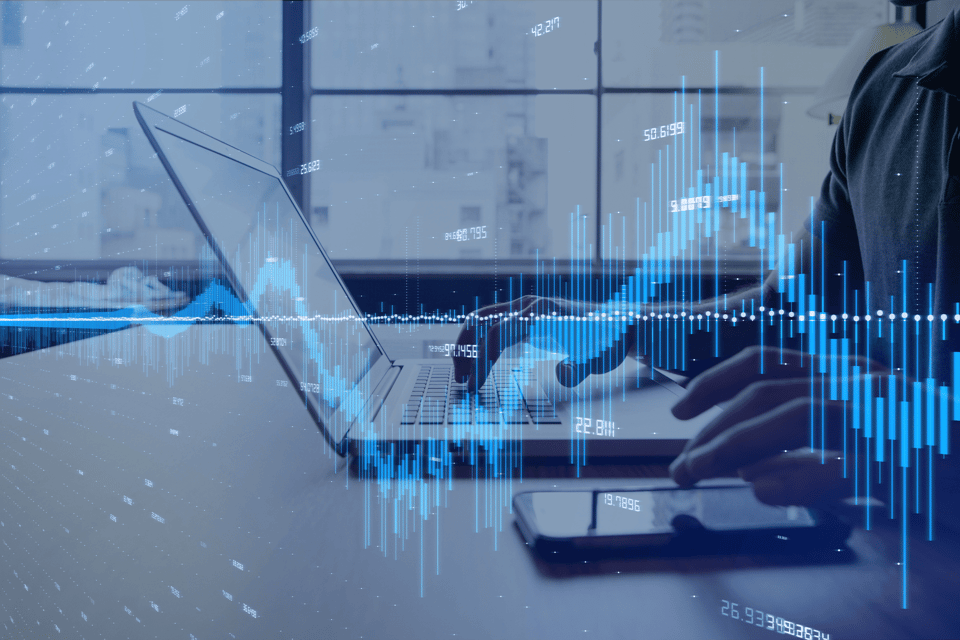For decades, the world’s futures markets have been hotbeds of innovation. From the launch of countless derivatives products to the development of cutting-edge technologies, the goal has always been the same: to provide value and efficiency to the trader.
Despite the pit-to-screen evolution of futures trading, some business is still conducted via the “open outcry” auction format. According to the Chicago Mercantile Exchange (CME), “pit” or “floor” trading accounts for roughly 10 percent of total action. In this blog, we’ll take a look at the role trading floor hand signals plays in facilitating physical trade.
Trading Floor Hand Signals 101: Form & Function
When it comes to futures trading, communication is key. Whether you’re clicking a mouse or scribbling on fill slips, it’s imperative that certain information is accurately conveyed. In futures, the action, price, and quantity are essential to a trade’s execution. Trading floor hand signals provide pit traders with a means of conveying this data quickly, accurately, and confidentially.
The origins of hand signals can be traced to the early 1970s and the CME futures pits. As the open outcry system of trade exploded in popularity, trading floors became battlegrounds. Shouting, pushing, and occasional fistfights were all part of the game. Hand signals were used to rein in the chaos.
Although the pits of today are much tamer, the sign language remains. The following trading floor hand signals are essential parts of conducting business via open outcry:
- Buy: To signal an offer to buy (bid), both hands are raised with palms facing toward the body. This motion is indicative of accepting or bringing something inward.
- Sell: To signal an offer to sell (ask), both hands are raised with palms facing out from the body. This movement suggests that something is being pushed away or refused.
The rule for buying and selling is this: palms “in” to buy, and palms “out” to sell.
Now, the signs used to illustrate price are a bit more complex. Price signals are made by extending a single hand in front of the body. Also, price signals are only used to reference the final digit of a bid or offer. Here are the basics:
- Digits 15: For numbers one through five, fingers are held straight up as needed. As an example, a two resembles a traditional “peace” sign; three is an “OK” sign; the thumb is tucked into the palm for a four and untucked for a five.
- Digits 6-9: For numbers six through nine, the hand is held parallel to the floor (sideways). The signals from 1-4 are repeated, only sideways.
- Even (0): To represent a zero, a closed fist is used.
Finally, trading floor hand signals are used to indicate the trade’s quantity or the number of contracts being bought or sold. These gestures combine the pricing signals with a touch of the face. The progressions below are used to signal quantity:
- 1-9 contracts: To buy or sell 1-9 contracts, the applicable price signal is touched to the chin. For instance, to buy or sell a five lot, the chin is touched by a straight-up open hand.
- Multiples of 10: To buy or sell contracts in blocks of 10, the applicable price signal is touched to the forehead. For instance, to buy or sell a 10 lot, a single, straight-up finger is touched to the forehead.
- Multiples of 100: To buy or sell contracts in blocks of 100, two steps are necessary. First, the applicable price signal is flashed near the forehead; second, a closed fist is touched to the forehead. For instance, a 500 lot is signaled by first flashing an open hand near the forehead and then touching a fist to the forehead.
Dive into the Futures Markets with StoneX
The pit-to-screen transition of futures has mitigated the role of hand signals in day-to-day operations. Plenty of action still takes place on the trading floor―and maybe your journey into the markets will take you there!
If you’re interested in getting involved in futures, a simple talk with a market pro is a great place to start. With more than two decades in the business, the team at StoneX has seen it all, from trading floor hand signals to API functionality. Schedule your free one-on-one consultation today!



